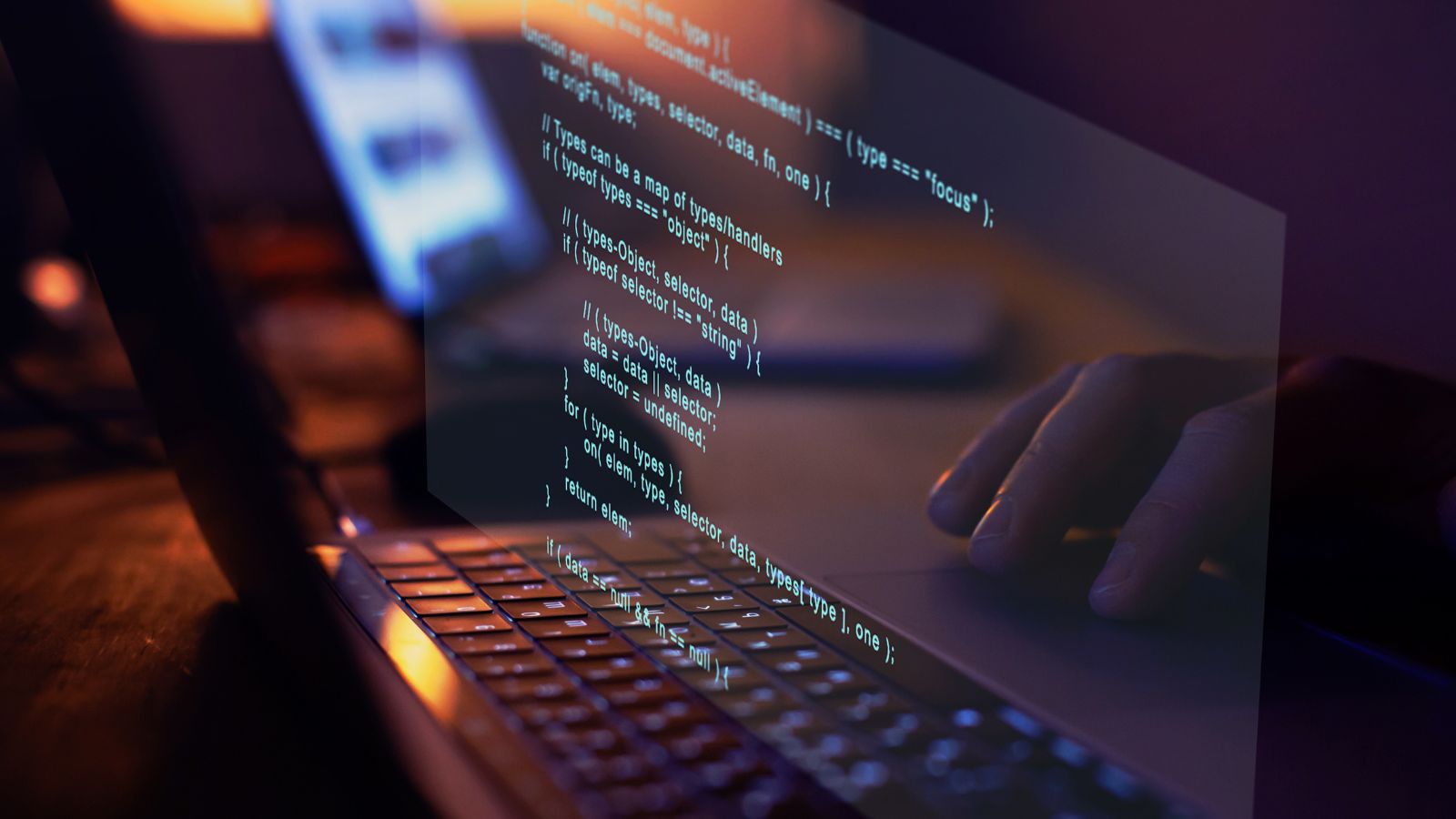Coding is the initial step in the software development process. It’s about writing code to create a software program. On the other hand, programming is a broader concept. It involves not only coding but also other tasks like debugging, testing, and maintenance.
Programming vs Coding
Differentiating between Programming vs Coding isn’t always a straightforward task, especially for those early in their tech journey. So comprehend the distinctions, they’ll dissect their definitions, duties, and objectives.
Coding implies writing code for applications, websites, or software. In essence, it is the act of translating a problem into a language computers can understand. It’s akin to writing a recipe for a dish. Coders need to be meticulous and precise, making sure each step leads logically to the next. Here are some primary tasks of a coder:
- Writing code using a specific programming language
- Translating simple designs and logic into script
- Debugging codes for basic errors
Programming, on the other hand, is more complex and comprehensive. A programmer not only writes the code but also ensures that the final product performs as expected. They’re the chefs that take the recipe (code) and turn it into a meal (software). Their core responsibilities include:
- Implementing algorithms and data structures
- Troubleshooting and resolving code errors
- Ensuring software performance through rigorous testing
- Carrying out preventive and corrective maintenance

Coding: The Basics
Dipping your toes into the tech industry, coding is often the first step to grasp. It’s a foundational element in the world of technology and serves as the springboard into more comprehensive disciplines such as programming.
At its core, coding is essentially the act of creating instructions for computers to follow. It’s akin to writing a recipe for a dish, where the coder translates human commands into a language that machines understand. These codes then come together to form the backbone of websites, applications, and digital interfaces that users engage with every day.
There are many languages involved in coding – some are general-purpose while others have specific uses. Notable languages include:
- Python, known for its simple syntax and versatility
- Javascript, often used to create interactive elements on websites
- HTML/CSS, playing a fundamental role in structuring and designing websites
Each language has its own syntax, rules, and application, but they all have the same objective: To create instructions that computers can process.
Getting started in coding demands focus, patience, and a dash of creativity. Just like playing an instrument or a new language, it takes consistent practice and application to stay fluent.
Coding represents the initial phase of software development. It’s the point where ideas come alive through lines of code. From concepts to commands, they represent the first step in turning hypothetical constructs into functional software.

Programming: Beyond Coding
While coding is essential, programming extends far beyond just coding. It encompasses a wide spectrum of tasks that range from designing, testing, maintaining software, and more. Essentially, programming is the art of solving real-world problems using technology, where coding is but one tool in the software developer’s toolbelt.
Consider coding as the assembling lego blocks per a specific design to construct a structure. The blocks are essential, but it’s the design and how each block fits into that design that truly counts. This bigger picture, combining the blocks according to a set design and plan, is what programming encapsulates.
Crucial Aspects of Programming Include:
- Understanding and breaking down the problem statement.
- Designing robust algorithms to solve the problem.
- Coding the algorithm into a syntax a machine understands.
- Testing the code to ensure it functions as expected.
- Debugging to fix any issues and refine the code.
- Maintenance and updates for performance improvement and to adapt to evolving user needs.
Arguably, the most critical step in this sequence is designing effective algorithms. An algorithm is a step-by-step process to solve a problem or achieve a certain goal. It’s an essential part of programming. Irrespective of the coding language used, a software program’s potency significantly depends on the efficacy of the algorithm. Without a proper algorithm, an application may not function optimally, or worse, not function at all.
The article continues by exploring the attributes of effective programming, the role of various coding languages in programming, why certain languages are favoured over others depending on the application, and the evolving landscape of programming as it adapts to emerging technological advances.

